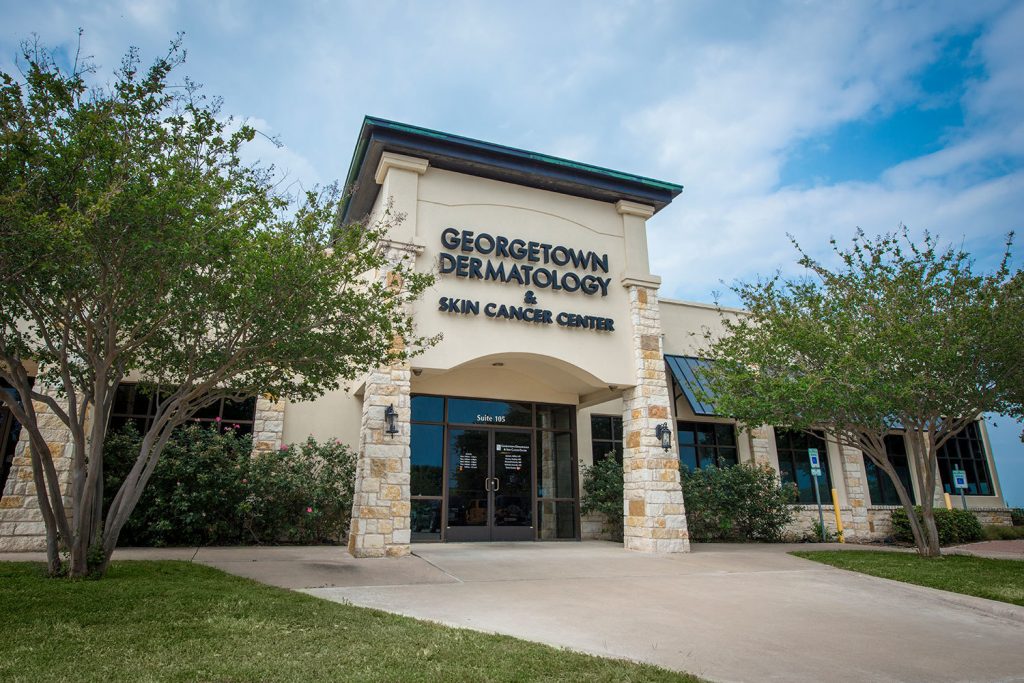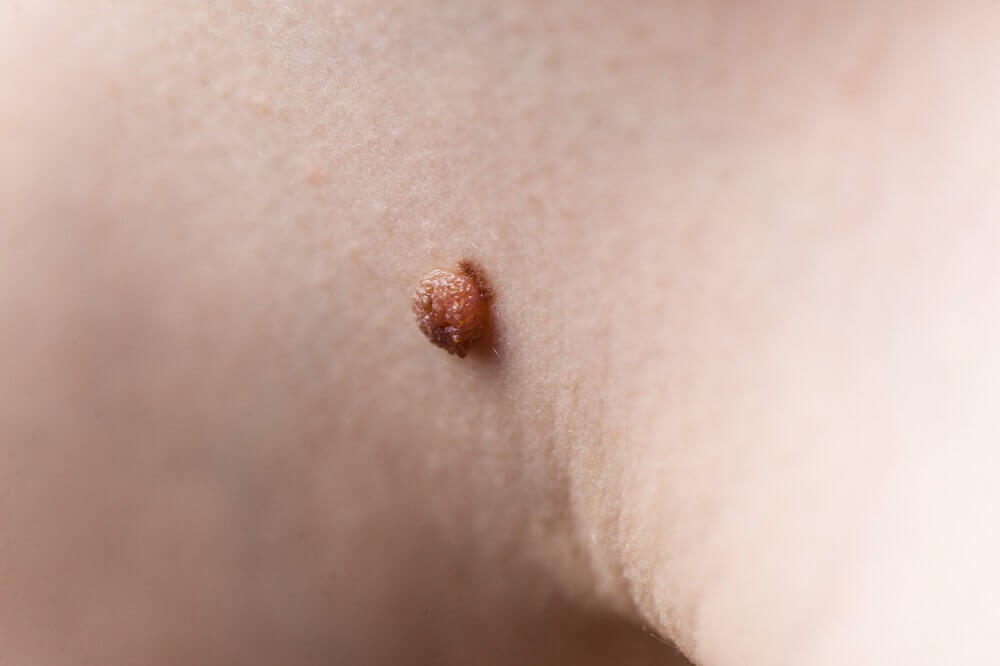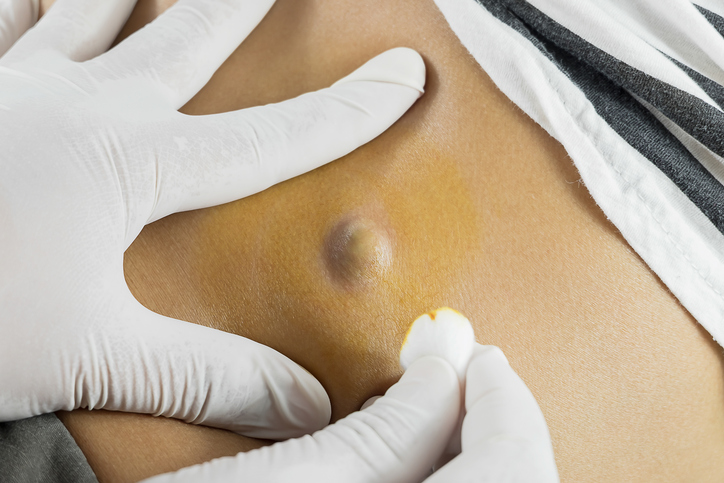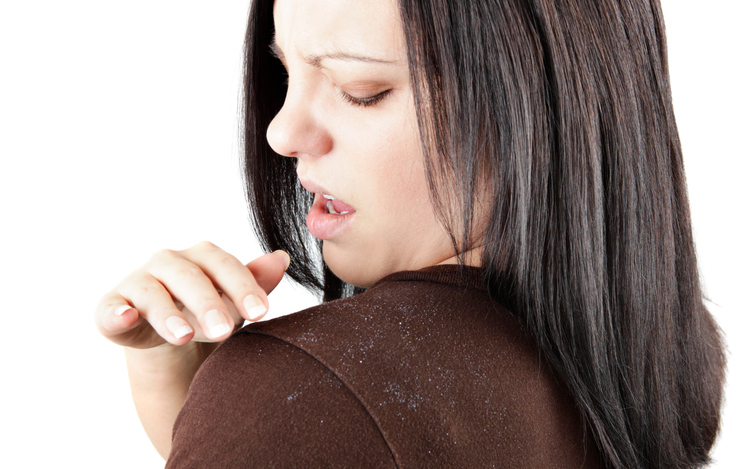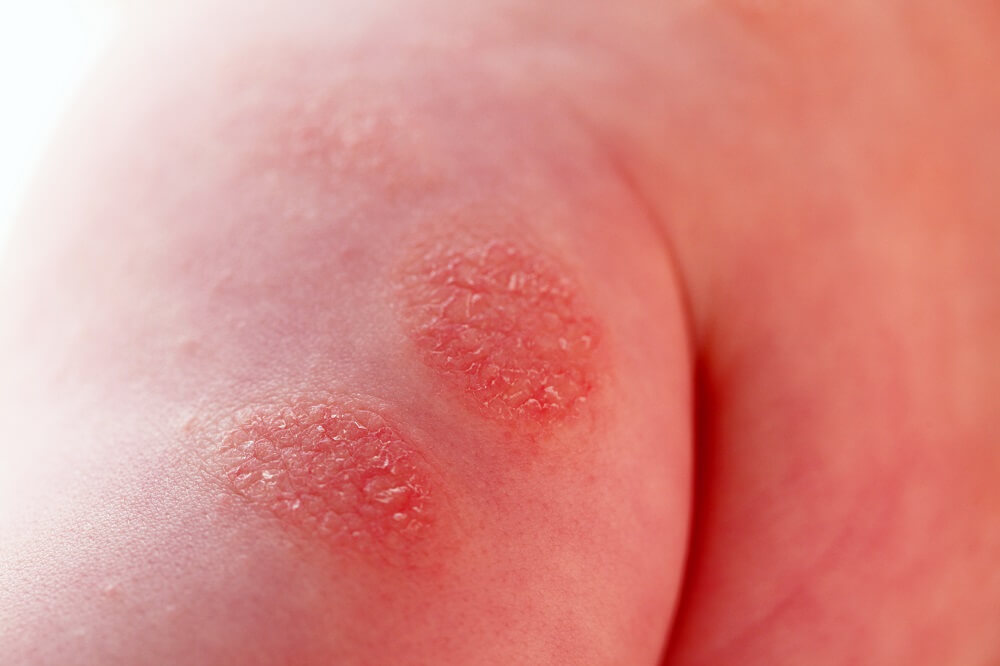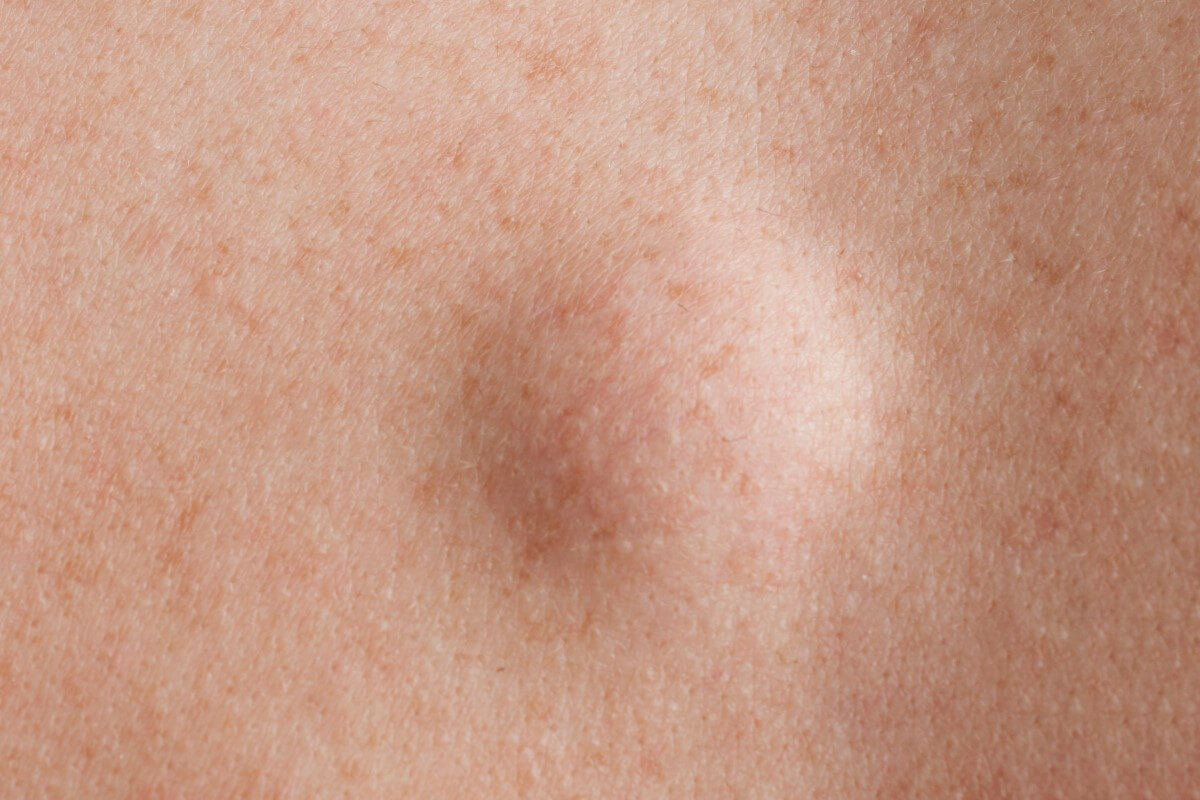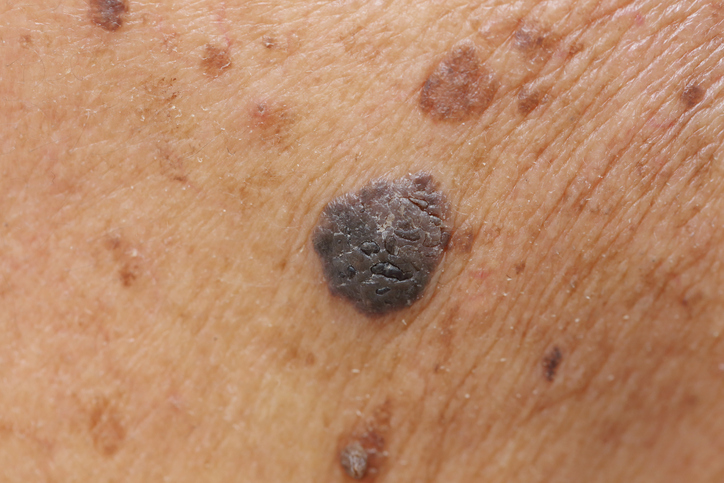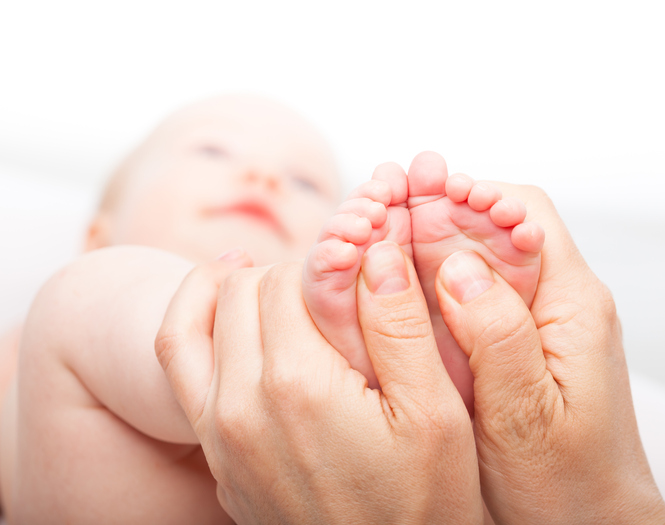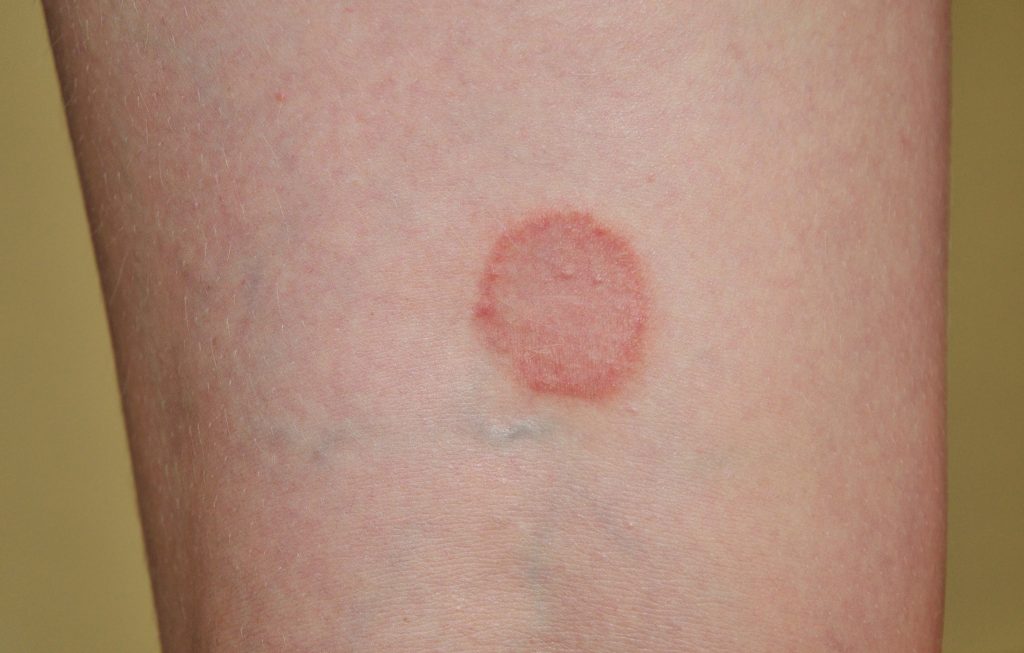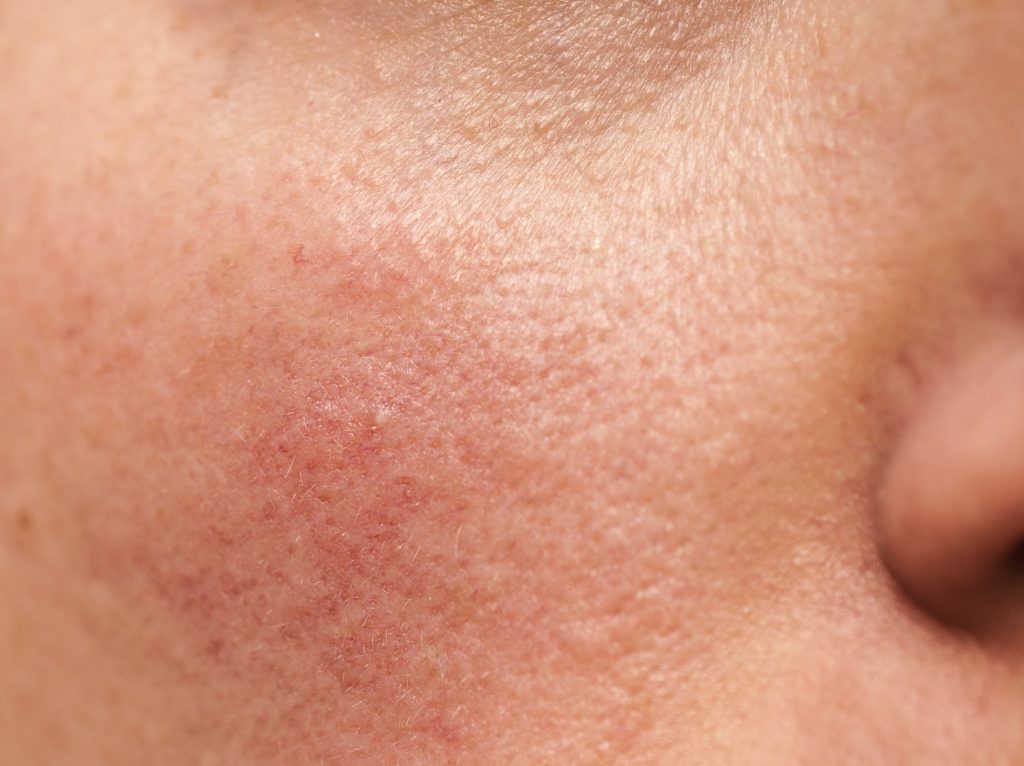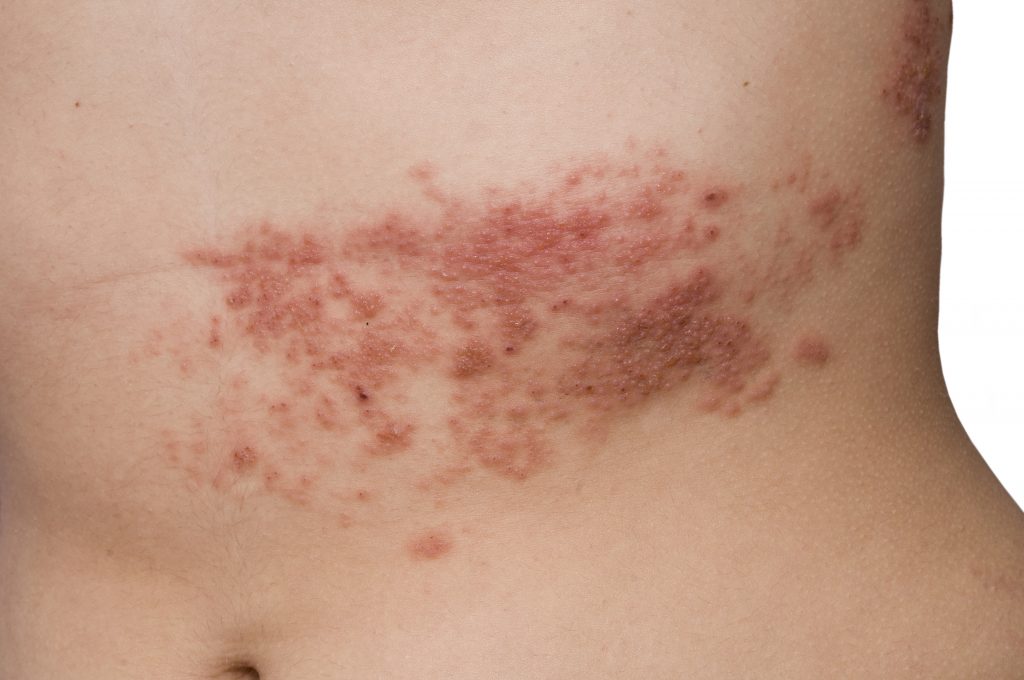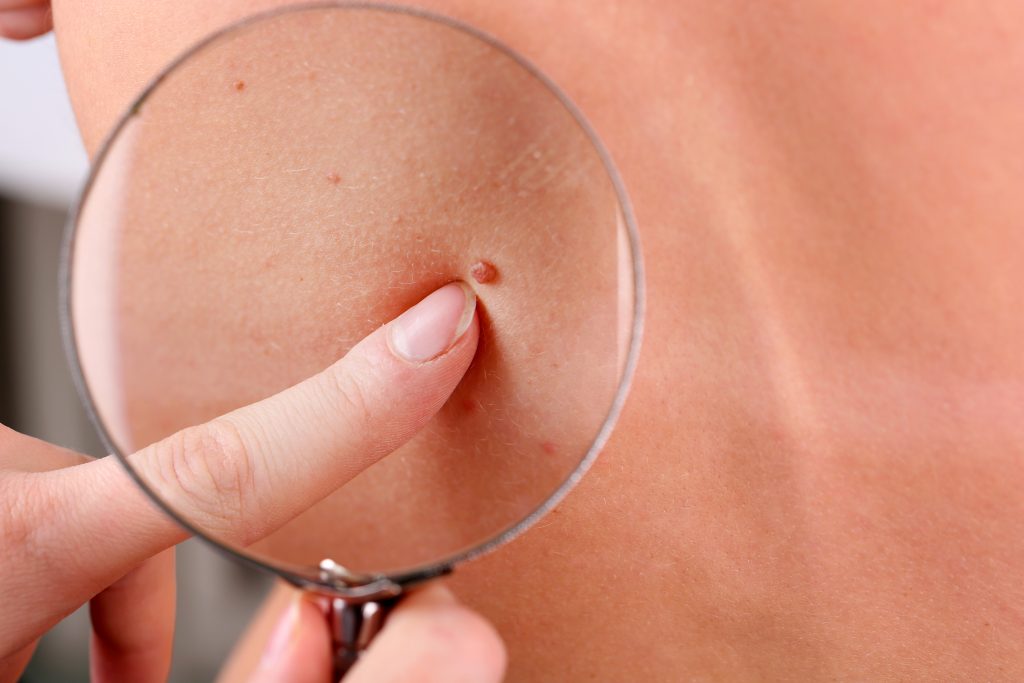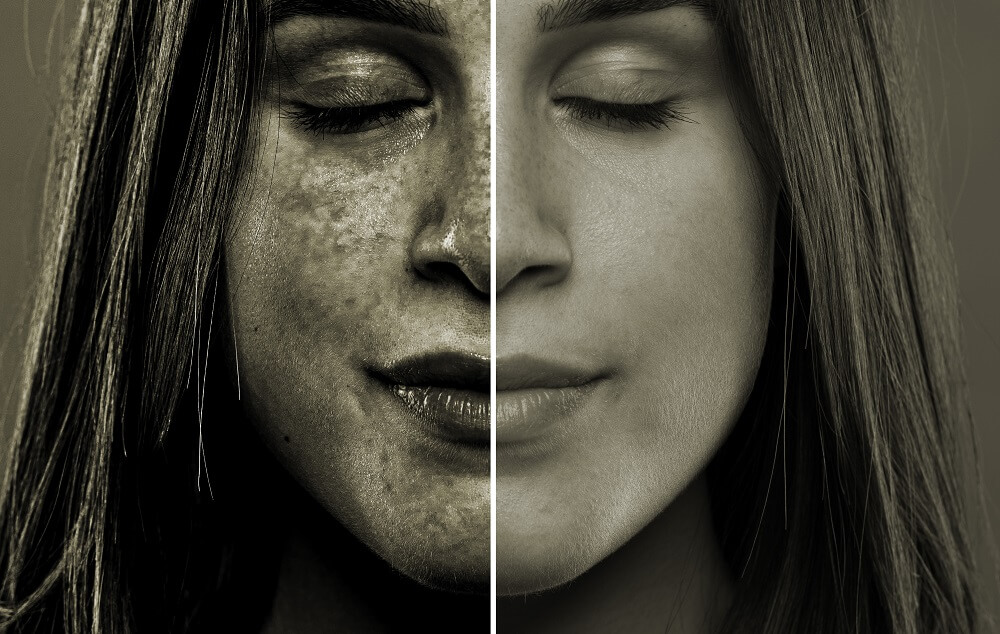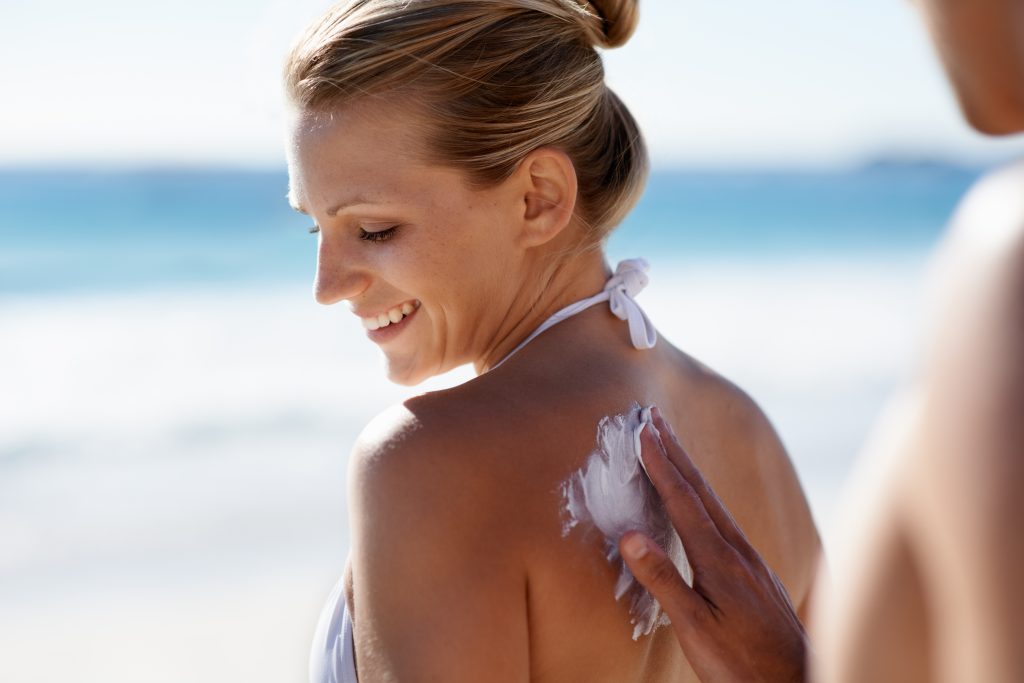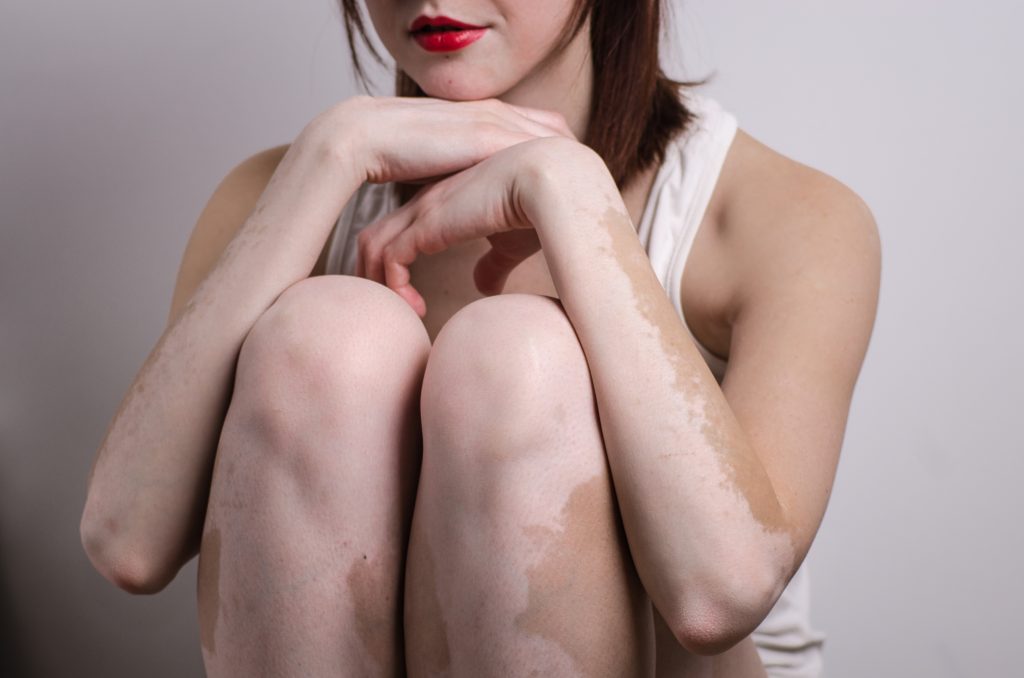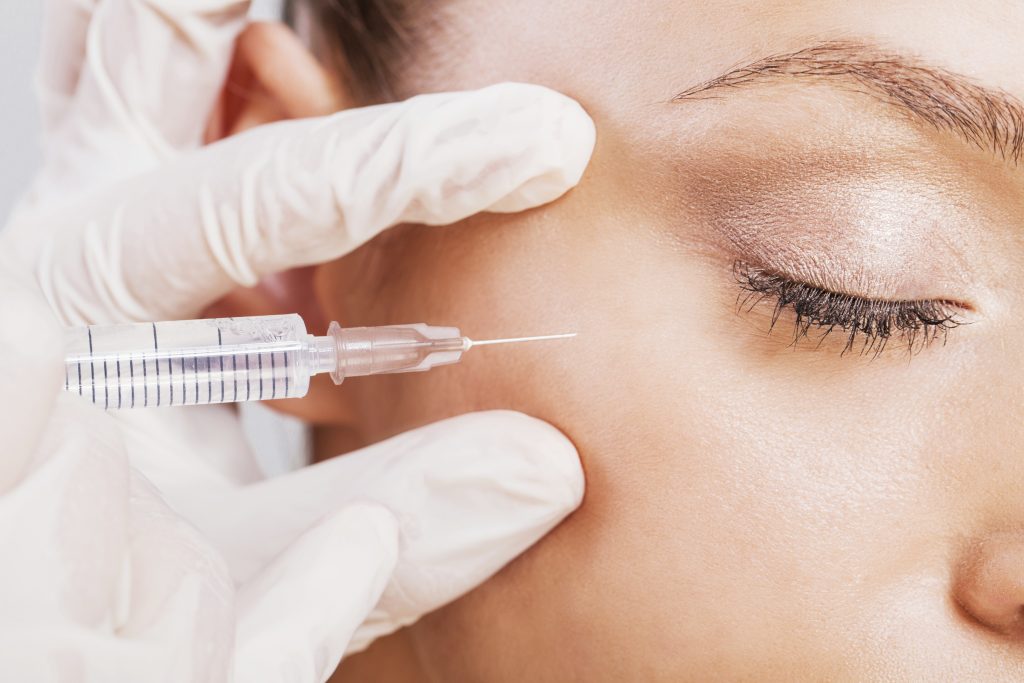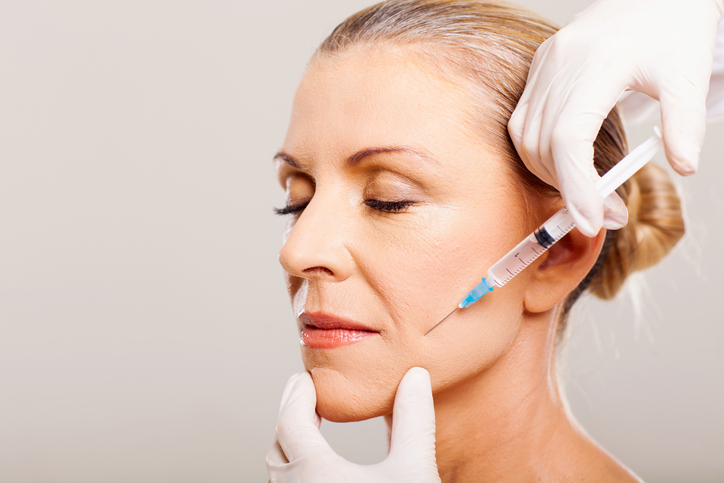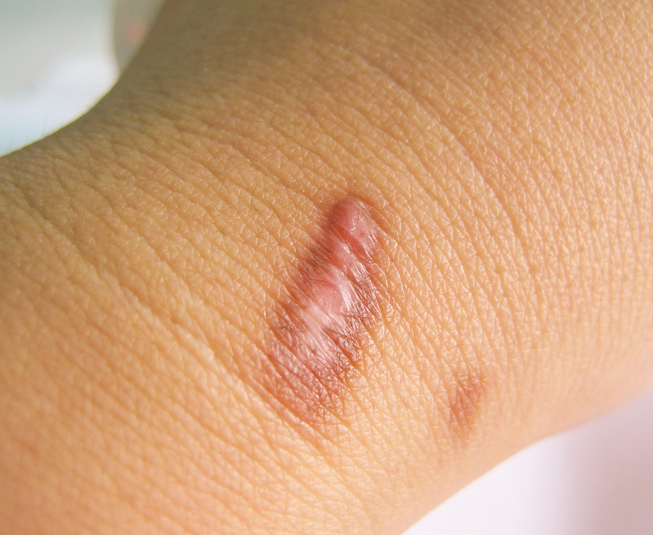David Ettinger is a Certified Physician Assistant in Georgetown, Texas at U.S. Dermatology Partners Georgetown.
Born and raised in the state of Washington, David relocated after high school and has lived in California, Arizona, and South America. He attended Northern Arizona University to obtain his Bachelor of Science prior to earning his Master of Physician Assistant Studies at the University of Washington School of Medicine in Seattle.
Since graduating, David Ettinger has worked in dermatology and craniofacial reconstructive plastic surgery with a focus in pediatrics. He loves dermatology and helping others feel more comfortable in their own skin and providing relief to those struggling with various skin conditions.
He has participated in clinical research trials for psoriasis and “Spray on Skin” to determine their efficacy and safety in the pediatric population. “It has been wonderful to be part of the process to find new ways to treat and provide relief to those suffering”, says David, a member of the Society of Dermatology Physician Assistants (SDPA).
As a physician assistant with several years of dermatology experience, David will treat patients with medical dermatology concerns such as acne treatments, psoriasis, rosacea, and eczema. He welcomes both adult and pediatric patients at our Georgetown, Texas dermatology clinic.
David Ettinger feels lucky to be raising 3 energetic, loving children alongside his wife. They enjoy spending time on the lake, exercising, and watching their children participate in their weekend sporting events.
Additional Languages
-
Spanish


